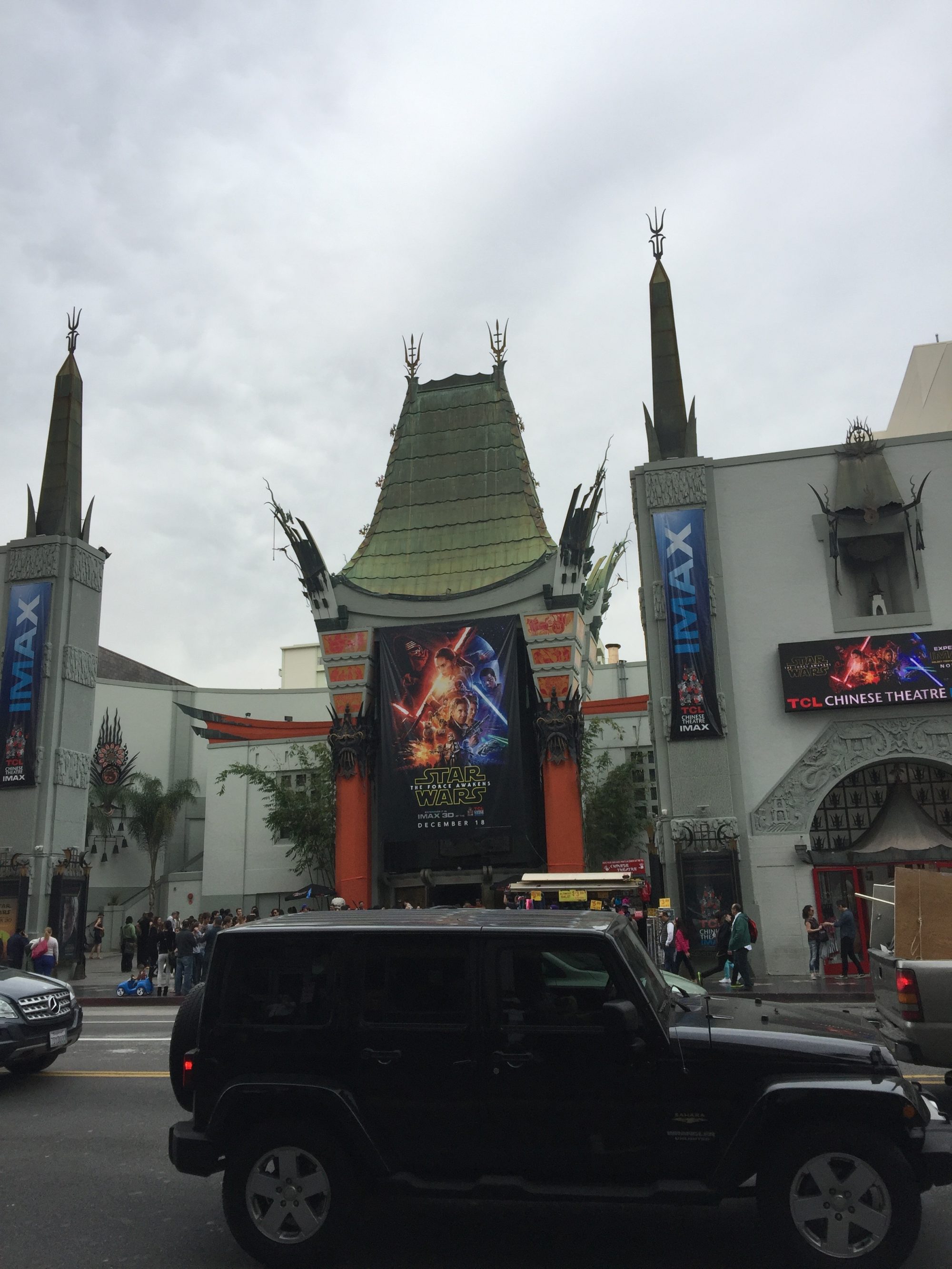The Syracuse University Program for Refugee Assistance (SUPRA), formed to host free English classes to Nepali-speaking Bhutanese refugees in Syracuse, is an excellent example of university-community partnership for social transformation. In the Fall of 2011, Syracuse University’s graduate students from across the disciplines teamed up with (Bhutanese refugee) community volunteers and launched English literacy classes several hours per week for newly arrived Bhutanese refugees in the city. As a native speaker of Nepali and a member of SUPRA team, I also had an opportunity to become a part of the refugees’ cultural and linguistic transition. Connected with that wonderful experience, in my presentation, I will narrate the traumatic stories of Bhutanese refugees, their roundabout journey to Syracuse and their rehabilitation ordeals in newfound homes. I will also recount how Syracuse University through SUPRA (a manifestation of ‘Scholarship in Action’) became involved with the refugees’ struggle for linguistic and cultural adaptation. By describing how the refugee community, Syracuse University and CYO church, North Syracuse collaborated for intercultural and English language literacies of refugees, I will highlight the program’s outcomes as well as its stakes. Finally, I will explain why it is worth for institutions like Syracuse University spending their money and energy for community services. The mutual learning and the conversations that happen between their members and the members of their neighborhoods are the most precious things the intuitions like Syracuse University can and should ever aspire to achieve.
US college classrooms are globalized by an unprecedented convergence of international students from across the world and a diverse body of domestic American students. Yet many instructors still take “standard” English, academic writing conventions, and the dominant American culture as normative in our classrooms, despite the fact that students come to us trained in different writing conventions and accustomed to speaking different languages. This presentation addresses the question of assessing the globalized classroom fairly and equitably. Instructors and TAs will receive practical, hands-on suggestions for evaluating and providing feedback to international students in a way that honors the differences they bring to the classroom and inspires them to succeed, without doing injustice to domestic American students.
Representing a point of view overtly concerned with the utilization of digital technologies in the creation of pedagogical practices, I will examine the forces that triggered the movement in the Middle East and North Africa last year towards reframing identifications with democratic system and consequent disidentifications with the authoritarian rules/rulers. While accounting for the exigencies of the movement, I will discuss how rhetorically and tactically used digital media (especially the web 2.0 technologies Twitter, Facebook, and YouTube) contributed to the successful reframing of identification of millions of people in the region. I will invoke the Burkean notions of rhetoric, identification and consubstantiality to analyze this historical moment. Parallelling the ways rhetorics and rhetoricians function in Burkean discourse, different independent individuals and groups, including women, in the region spontaneously employed digital rhetorics to unify from different walks of life forming consubstantial groups and finding identifications in democratic ideals and values and interestingly disidentifications with their common enemies–the dictators.
In short, in this presentation, I will interrogate how the crossroads of global and digital rhetorics that occasioned the instant circulations of compositions (tweets, blogs/microblogs, updates, videos etc.) across people and regions underlay the success stories of the region. Against such an amazing confluence of global and digital rhetorics, speaker one will attempt to discuss the following questions in his presentation:
1. What future directions for the field of rhetoric and composition do the arrays of compositions and rhetorical practices as seen in these protests and movements point towards?
2. What rhetorical opportunities do global and digital exigencies open for students in rhetoric and composition classes?
3. As teachers of rhetoric and composition, how might we use our classrooms to help students effectively engage in these new rhetorical contexts?
